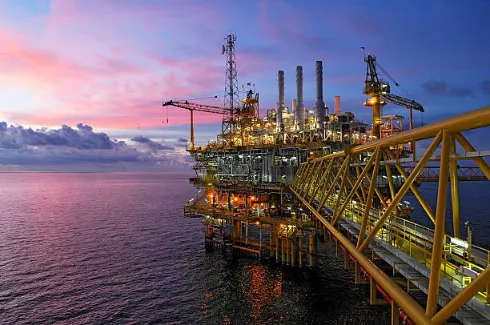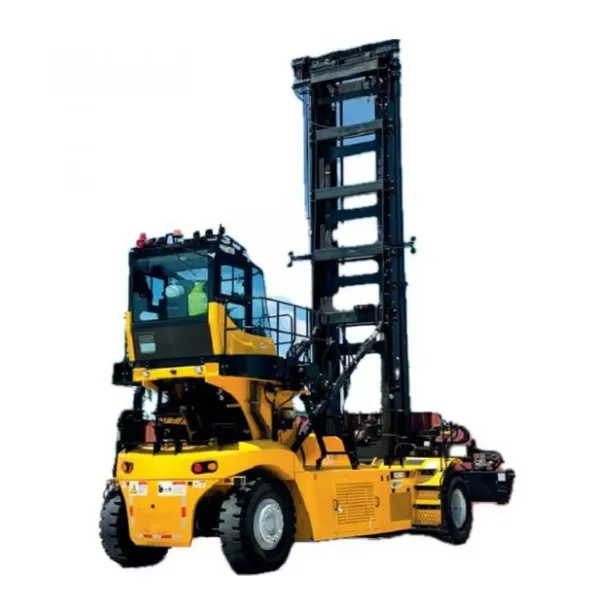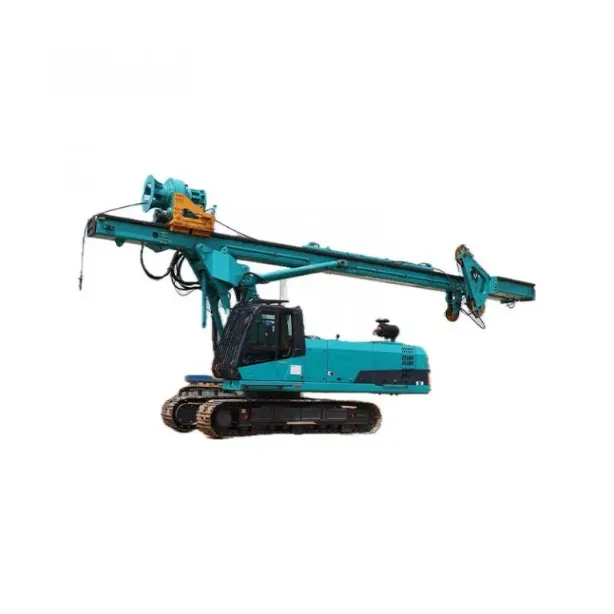
Introduction
The sea has always been a tough place for machines. Salt, moisture, and nonstop heavy work can ruin equipment fast if it’s not built right. Hydraulic cylinders are one of those hidden heroes that keep ships, offshore rigs, and ports running. They may not grab the spotlight like giant cranes or diesel engines, but without them, very little would move.
In the marine industry, hydraulic cylinders handle everything from steering a massive container ship to lifting thousands of tons of cargo at a busy port. They work quietly, but the loads they take are massive. And the cost of failure at sea? It’s not just downtime, it’s safety, it’s lost revenue, sometimes even lost contracts. That’s why the choice of cylinder design and supplier matters.
Hydraulic Cylinders in Vessel Systems
Propulsion and Rudder Control Cylinders
Some vessels use adjustable pitch propellers, which means the blades can shift angles for efficiency. The cylinders here must respond quickly and withstand high water pressure environments. It’s not uncommon for ship owners to demand nickel or chrome plated rods, just to handle the salt and extend life.
Anchor Winch and Mooring Cylinders
Anchoring a large ship is not just about dropping heavy metal into the sea. Cylinders in anchor winches and mooring systems handle chain tension, brake release, and controlled lowering. These are high cycle components. They’re engaged almost every time a ship enters or leaves port.
Cargo Handling Cylinders
Shipboard cranes rely heavily on hydraulic cylinders to lift and swing loads. Compared to land cranes, marine cranes face tougher conditions, think salt mist and sudden weather changes. A cylinder with weak plating here won’t last long. Many operators insist on advanced electroplating like nickel/chrome to avoid downtime.
Hydraulic Cylinders in Port and Cargo Handling
Container Crane Cylinders
At busy ports, ship to shore cranes (STS cranes) are non stop. Cylinders extend and retract booms, adjust spreaders, and provide smooth lifting. The expectation is not only power but also accuracy. You don’t want containers swinging wildly.
Port Forklift Hydraulic Cylinders
Port forklifts are the workhorses that move containers in yards. Their lift, tilt, and side shift functions all rely on multiple cylinders. These are not small lifts like warehouse forklifts; they handle extreme loads. Here, forged one piece piston rods are almost a must. Welded or assembled rods can’t take the side loads for long.
Hydraulic Cylinders in Offshore and Drilling Operations
Jack Up Platform Cylinders
Jack up rigs use hydraulic cylinders to raise and lower legs that anchor into the seabed. These cylinders are gigantic, with heavy duty welded construction. They must take extreme compressive forces and survive salty spray 24/7. Failures aren’t tolerated; the cost of downtime offshore is sky high.
Drilling Rig Cylinders
Cylinders in drilling rigs control the mast, pipe handling, and auxiliary lifts. Because they cycle continuously under load, strength and endurance matter. In some operations, redundancy is built in, multiple cylinders working in sync so one failure doesn’t halt drilling.

Design Challenges for Marine Hydraulic Cylinders
Corrosion Resistance
Saltwater is the biggest enemy. Even high grade steel will rust quickly without protection. That’s why Shining Hydraulic uses advanced electroplating methods, including nickel and chrome plating, to shield cylinder rods. This adds years of service life and lowers total cost of ownership.
Heavy Loads and Continuous Cycles
Marine gear is never light duty. Cylinders must carry heavy forces day after day. Forged one piece piston rods eliminate weak points that could crack or bend. This is one area where custom design pays off. As noted in custom cylinder benefits, cylinders built to exact needs perform better and reduce downtime.
Seal and Maintenance Requirements
Leaks are not an option offshore. Seals must stand up to high pressure, vibration, and dirt. Some ship operators prefer cylinders with oversized rod guides and premium seals to extend service intervals. Less downtime equals lower costs.
Future Trends in Marine Hydraulic Cylinders
Smart Monitoring and IoT Integration
More vessels are moving toward smart systems. Sensors on hydraulic cylinders can track pressure, stroke, and temperature in real time. This predictive maintenance trend is already appearing in mining and agriculture, and marine will follow.
Eco Friendly and Sustainable Design
Environmental rules are tighter now. Using biodegradable hydraulic oils is becoming common. Cylinders must be compatible with these fluids without seal damage. Some new coatings also reduce the need for harsh maintenance chemicals.
Customization for Specialized Vessels
No two ships are alike. Shining Hydraulic offers OEM/ODM customization so operators can specify stroke, mounting, and corrosion protection. In dredging or drilling, such customization is often the only way to ensure smooth performance.
Why Choose Shining Hydraulic for Marine Applications
Marine work is unforgiving. A failed cylinder can stop a port crane, stall a dredger, or leave a ship’s rudder stuck. That’s why picking the right supplier is as important as picking the right design.
Shining Hydraulic provides:
Nickel and chrome electroplating for top corrosion resistance.
Forged one piece piston rods to eliminate weak welds and boost fatigue life.
Welded cylinder bodies for compact strength under high pressure.
Strict testing, including endurance and leakage tests.
Global reach, with cylinders serving agriculture, mining, and marine sectors.
After sales support, ensuring quick solutions when problems arise.
Conclusion
From steering gear to offshore drilling rigs, hydraulic cylinders keep the marine industry moving. They handle some of the harshest conditions on earth, salt, storms, and endless heavy loads.
Single weak design choices can cost millions. That’s why marine operators look for suppliers with proven technology and customization options. Shining Hydraulic stands out here. With strong corrosion protection, forged piston rods, and custom builds, the company delivers cylinders that last.
If you’re working in shipping, port handling, dredging, or offshore drilling, hydraulic cylinders are not just parts. They are the backbone of your operations. And when reliability is non negotiable, choosing a partner like Shining Hydraulic makes the difference.
Contact Shining Hydraulic today to explore marine grade hydraulic cylinders built for your toughest jobs.
FAQ on Hydraulic Cylinder Applications in the Marine Industry
Q1: Why are hydraulic cylinders so important in marine equipment?
A1: They provide the linear force needed to move, lift, or control heavy parts like rudders, hatch covers, cranes, and dredging arms. Without reliable cylinders, ships and offshore rigs cannot operate safely or efficiently.
Q2: What makes marine hydraulic cylinders different from standard cylinders?
A2: Marine cylinders are built with stronger materials, advanced electroplating like nickel or chrome, and high grade seals to resist saltwater, humidity, and constant heavy loads. These features give them longer service life in harsh environments.
Q3: Which marine machines use the largest hydraulic cylinders?
A3: Offshore platforms and dredgers often require the biggest cylinders. Jack up rigs use massive cylinders to lift platform legs, while dredging vessels rely on long stroke cylinders to control spuds and cutter heads.
Q4: How does Shining Hydraulic improve corrosion resistance in marine cylinders?
A4: Shining Hydraulic applies multiple electroplating processes such as nickel and chrome coating. These layers protect piston rods against salt spray and rust, ensuring reliable performance offshore.







